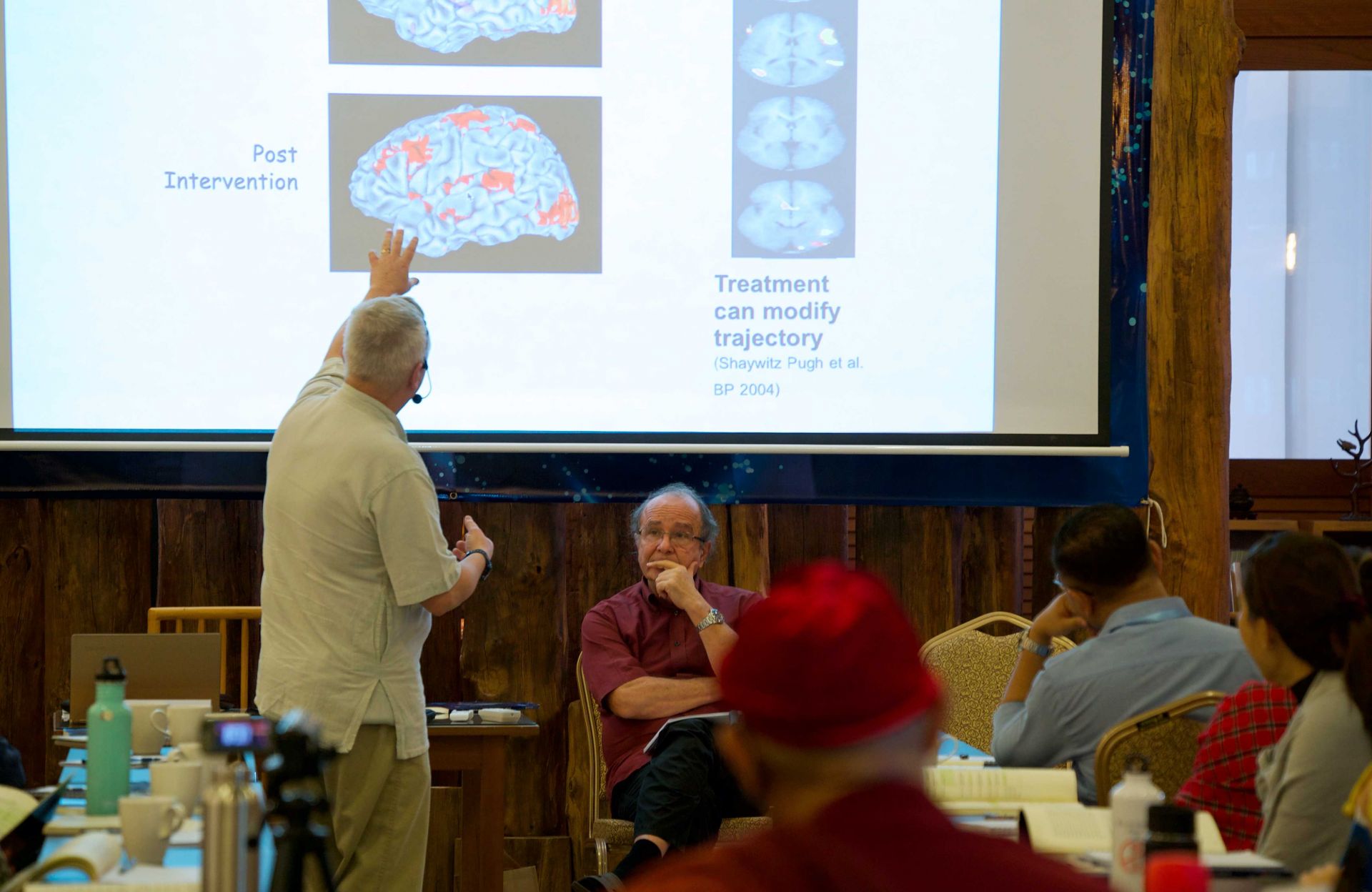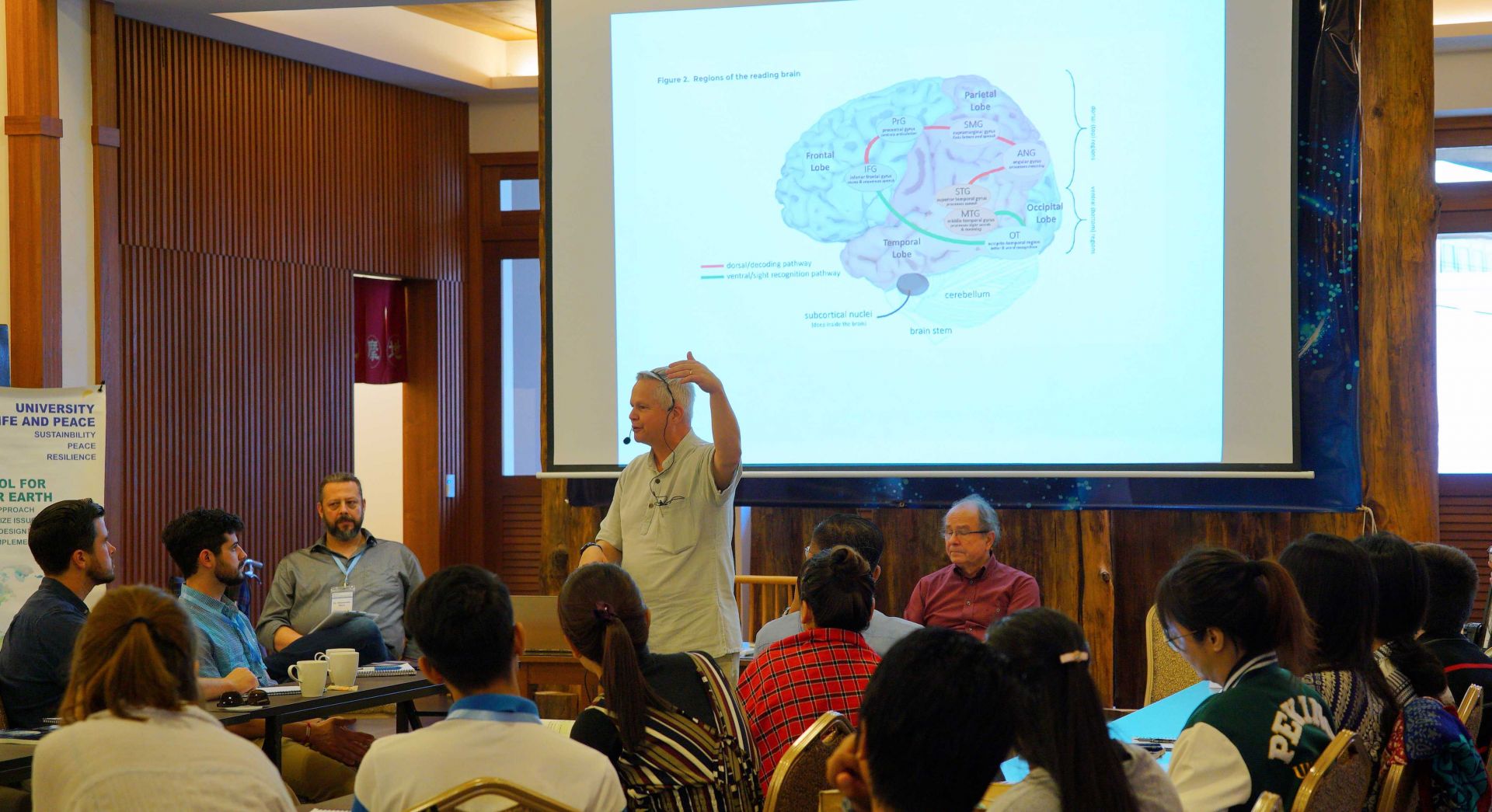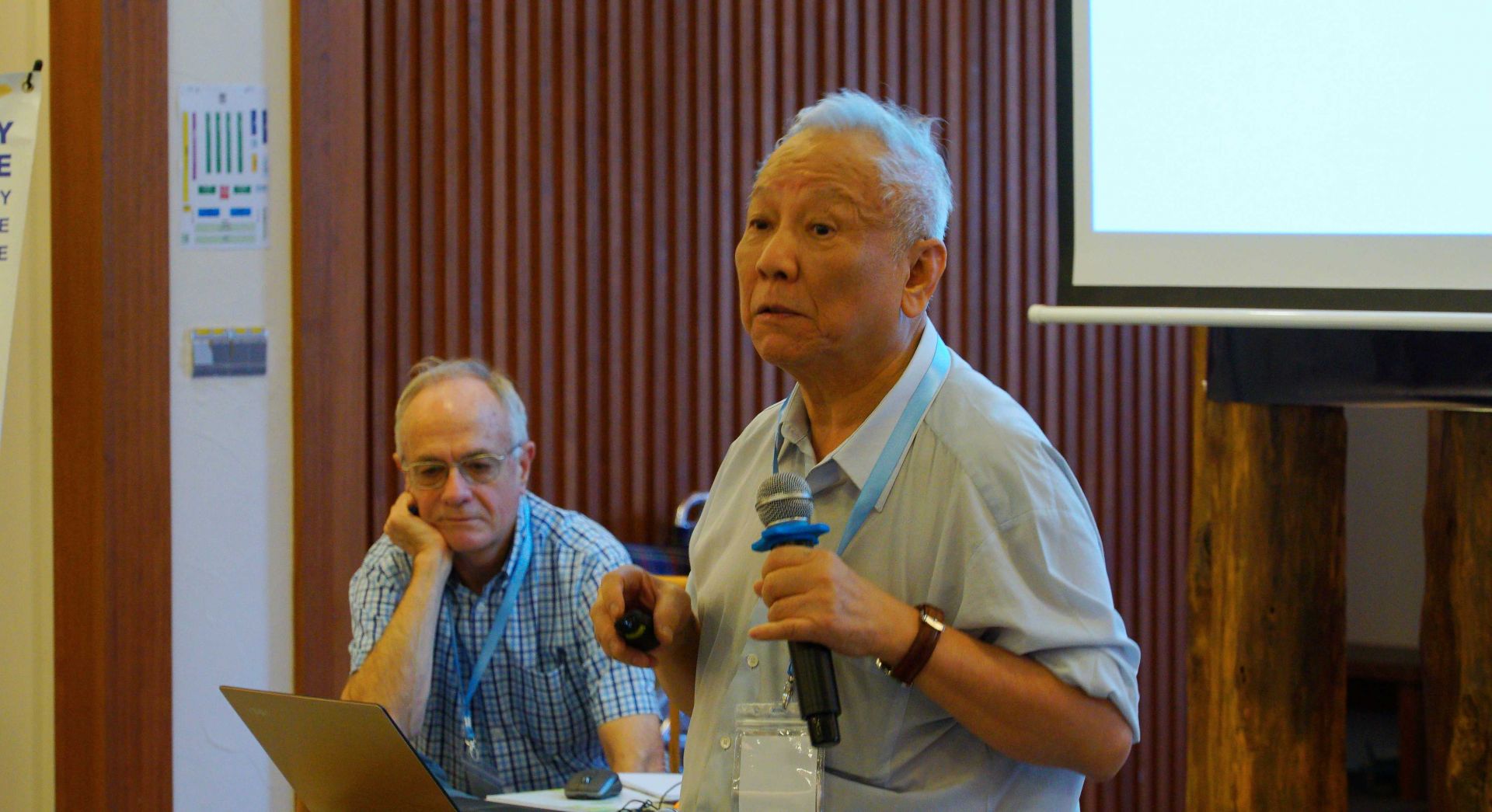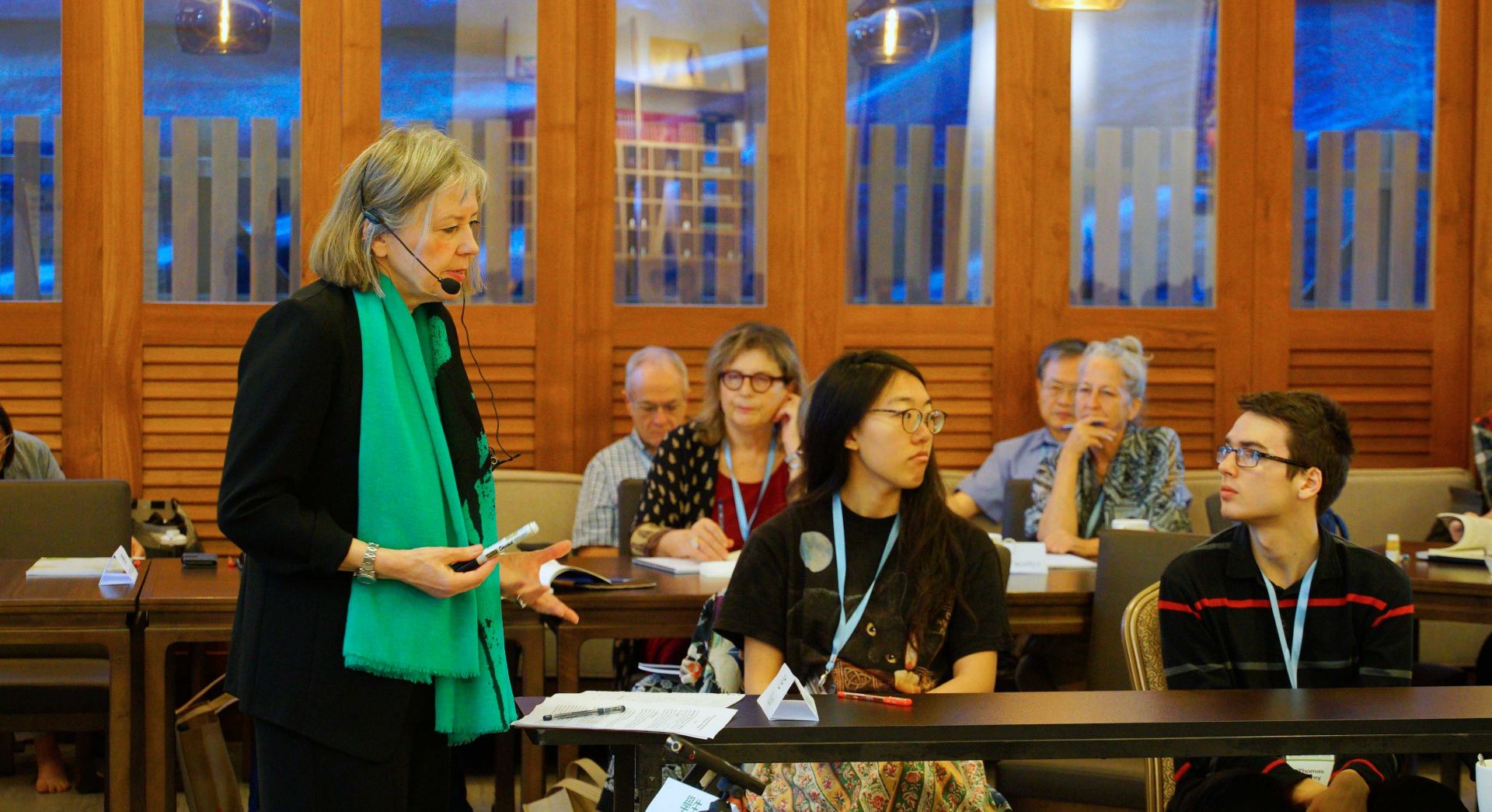The Root Causes and Triggers of Environment and Natural Resource Conflicts
A fundament and transformational transition towards a Green Paradigm is imperative to address the root causes, sources and triggers of environmental and natural resource destruction that exacerbates conflicts.
Prof. Dr. Nay Htun
The Root Causes and Triggers of Environment and Natural Resource Conflicts
Throughout the history of human civilization, from the earliest time till the present and into the future, the condition of the Environment and Natural resources, such as land, rivers, water, forests have been the root source, cause and trigger of conflicts. Inequality due to endowment, development benefits, over-exploitation, and misuse, have contributed to and exacerbated conflicts of religion, culture, ethnicity, ideology, social and economics. Technology is also a contributor and increasingly so. Fire is a prime example of the benefits from and destruction caused by technology. Careful and prudent use brings benefits. Careless use results in untold damages.
The internet, just turned 50 years, is another example. The enormous benefits and the evolving social impacts of iPhones and social media are still not fully understood and have given rise to concerns and conflicts, especially with the availability of 5G and unlimited applications in all human activities.
Historically, environmental concerns and conflicts appear under many descriptions, e.g. public health, occupational health, air and water pollution, soil erosion and degradation, deforestation.
Many conflicts and wars have been and continue to be caused and triggered by water, in particular shared by two or more countries, and land.
A brief timeline will be provided since ancient time. Historical and contemporary evidence shows equitable and inclusive access to natural resources are essential to avoiding and preventing conflicts .
The encompassing term “Environment’ is increasingly used internationally with the advent of the 1972 UN Conference on Human Environment, generally referred to as the Stockholm Conference, which recommended to the UN General Assembly the establishment of the United Nations Environment Programme, UNEP. The Conference designated 5 June as World Environment Day. There is still no universal agreement on the term “environment” The Stockholm Conference considered the environment to encompass the “human environment” of ecological, social and economic spheres --- the three Pillars.
The unfolding impacts of the establishment of UNEP will be briefly described and its crucial role in the adoption of the Montreal Protocol.
To highlight causes of environmental concerns and conflicts and the process for resolution, the presentation will draw upon The Montreal Protocol on Substances that Deplete the Ozone Layer, adopted by Governments in 1987. This landmark multilateral environmental agreement regulates the production and consumption of nearly 100 man-made chemicals referred to as ozone depleting substances (ODS). When released to the atmosphere, the chemicals deplete and destroy the stratospheric ozone layer, the thin layer shield that protects humans and the environment from harmful levels of ultraviolet radiation from the sun resulting in an increased incidence of human skin cancer and genetic damage in many organisms, causing impairment and destruction of biological system, ecosystem functions and the food chain. The Protocol is to date the only UN Protocol ratified by all 197 UN Member States.
Chlorofluorocarbons, CFCs, an ODS, will be particularly discussed. CFCs are a family of chemical compounds developed in the 1930’s as safe, non-toxic, non-flammable alternative to dangerous substances like ammonia for purposes of refrigeration, air conditioning and spray can propellants. CFCs are also a greenhouse gas, contributing to climate change.
The presentation will provide a review of the scientific process. The discovery of the “ozone hole” promoted scientific research, inter-governmental assessments and increased public awareness and concerns. Public health played a critically important role in driving the response of Governments.
The manufacture of CFCs has been phased out under the Montreal Protocol and they are being replaced with other products such as hydrofluorocarbons (HFCs)
A full recovery of the ozone layer is expected by the middle of the century. The Protocol provides an inspiring example of what international cooperation at its best can achieve.
The recent worldwide mass demonstrations and protests on climate change, in particular by youth, are demanding actions now. Some emerging technological, economic, and financial, policy and legislative response to mitigate and adapt to climate change will be mentioned. The lessons learned from the Montreal Process are pertinent and relevant.
A fundament and transformational transition towards a Green Paradigm is imperative to address the root causes, sources and triggers of environmental and natural resource destruction that exacerbates conflicts. Fast transition is imperative towards a Holistic and Integrated Sustainable, Resilient, Inclusive, Equitable future.







